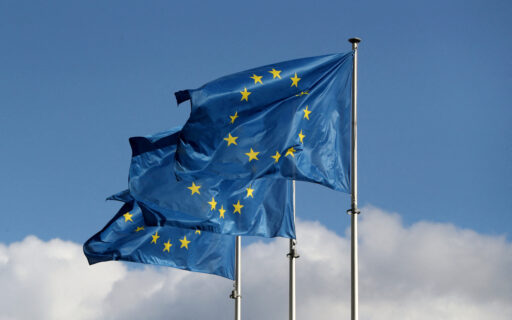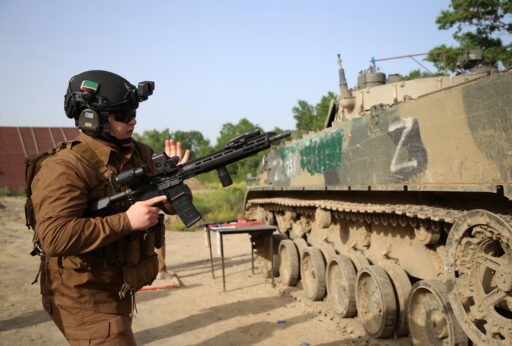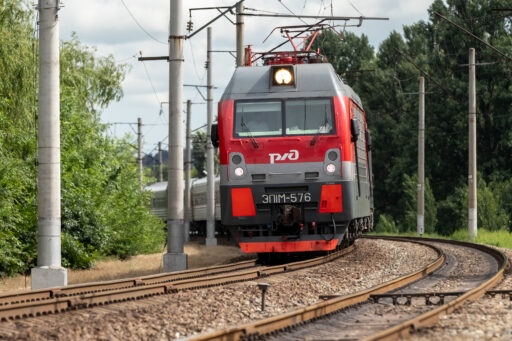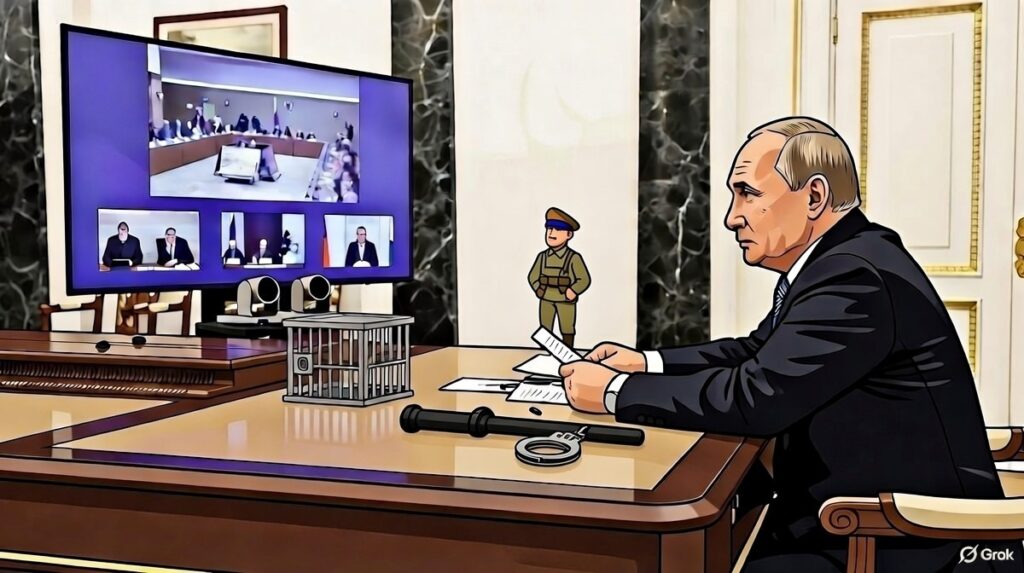The head of the Samara Region, Vyacheslav Fedorishchev, is dismissing the regional government for the second time this year. Most likely, this will result in the resignation of the head of the regional committee of ministers, Mikhail Smirnov, a former Gazprom executive. Fedorishchev, like the head of the Vologda Region, Georgy Filimonov, represents a new generation of governors, distinct from the typical members of the gubernatorial corps. These are relatively young leaders by the standards of Russia’s power vertical, who do not shy away from publicity, engage in conflicts with local big business, and conduct experiments that may not be popular with regional residents but resonate with federal authorities. Vyacheslav Fedorishchev wears a near-military uniform with his last name and the title «governor» in large letters, while Georgy Filimonov prefers a Stalin-style trench coat.
These politicians can be considered representatives of a new populist cohort among regional heads. Unlike the «young technocrats» or «new wave managers» of Sergei Kiriyenko’s political bloc, this group was not formed artificially but emerged spontaneously from the natural ambitions of young careerists. However, these «vertical» populists differ from traditional ones in that they orient themselves not toward the broad masses but toward the preferences of higher authorities.
Harsh restrictions on alcohol sales in the Samara Region or the near «dry law» in the Vologda Region are unlikely to find support among the local population, but these measures can be presented to Vladimir Putin, who is concerned with demographic issues, as an effective way to combat mortality. Regular criticism, reprimands, and dismissals of officials create the image of a governor tirelessly restoring order. However, this populism and excessive zeal lead to an outflow of qualified bureaucratic personnel. In the Vologda Region, for instance, even the «outsiders» invited by Georgy Filimonov are leaving the government. Staff instability can also be observed in the administration of the Kursk Region, led by former State Duma deputy Alexander Khinshtein. An experienced public politician, Khinshtein avoids excessive flamboyance but can also be classified as one of the «new populists.» He, too, targets officials, which predictably causes a personnel crisis.
The federal leadership has not expressed clear dissatisfaction with the actions of these new populists, so their example may become contagious. Khinshtein, Filimonov, and Fedorishchev are among the most prominent regional heads, and the longer the power vertical exists, the more important it becomes not to demonstrate professionalism but to remain visible to the top leadership. At the same time, the policies of these new populists are likely to have a negative impact on the governance system, but these issues seem to concern the federal authorities less and less.
Electronic Voting Records
The Central Election Commission (CEC) reported that Russian voters are increasingly using electronic voting (DEG). According to the commission, as of early August 2025, the number of citizens wishing to use DEG has grown 1.7 times compared to the previous year. CEC head Ella Pamfilova highlighted the record-breaking regions: Rostov Region (179.5 thousand «electronic» voters), Chuvashia (143.3 thousand), and Sverdlovsk Region (131 thousand).
The growing popularity of DEG and the number of people wishing to vote electronically in these regions point to two key factors.
First, ahead of the State Duma elections, regional authorities are actively pushing voters toward electronic voting. It simplifies «corporate mobilization»: public sector workers and employees of state-loyal businesses can at least be intimidated with the possibility that their management will check whether they voted and how. Moreover, DEG is not subject to oversight by observers and theoretically allows for the manipulation of any figures. Vedomosti quotes lawyer Oleg Zakharov: «Regional authorities have finally realized its effectiveness as a tool for mobilizing loyal voters.» Zakharov is not an ordinary lawyer. He was the head of the election commission in the Yaroslavl Region, a region long considered problematic and protest-prone for the Kremlin. He also worked on the campaign of the Kremlin-backed gubernatorial candidate Oleg Kozhemyako in the Primorsky Territory in December 2018. Those elections were called after the annulment of the September vote, when the Kremlin’s previous candidate, Andrey Tarasenko, narrowly defeated Communist Andrey Ishchenko amid reports of significant falsifications. Against this backdrop, Zakharov’s admission that DEG is a mobilization tool can be seen as a revelation from the political bloc itself. Sergei Kiriyenko’s subordinates are no longer hiding the mechanisms for shaping election results, acknowledging them as a formality.
Second, the record-breaking figures indicate a KPI for DEG. In Chuvashia, the share of «electronic» voters is approaching 20% (out of 906.7 thousand eligible voters), in Rostov Region it exceeds 5%, and in Sverdlovsk Region it is nearing that mark. These figures suggest that the political bloc of the Presidential Administration is guiding regions to register 10−15% of voters for DEG. A similar KPI was set for United Russia’s primaries, and the ruling party slightly exceeded it. «Electronic» voters typically vote disciplinedly, so their 10−15% share of total voters, with a turnout of 50−60% in actual elections, could account for 20−30% of the votes. In the presidential election, extremely high turnout was one of the main KPIs for the political bloc: official figures reported a 77.5% turnout. During the Duma campaign, Kremlin administrators may ease up on this indicator, focusing instead on records for United Russia. With the party’s current ratings (around 30%), achieving 55−60% (compared to 49.5% in the previous election, according to the CEC) without manipulation will be challenging.
However, statistics from other regions show that Russians are not rushing to use DEG. For example, in the Komi Republic, with a population of 620 thousand, only 2.5 thousand people intend to vote electronically. Even if this figure doubles or triples, the share of DEG will be just 1−2%. This is not surprising, given the region’s protest-prone nature. Even in «average» regions, the situation is only slightly better: in the Kurgan Region (650 thousand voters), 11 thousand have registered for DEG, and in the Lipetsk Region (890 thousand voters), 10 thousand. The reason is not only citizens’ concerns about data security. Regions of Russia, even those far from the front line, face issues with mobile internet, which is now regularly disconnected. Many citizens simply do not have access to fixed-line internet. In such conditions, people are not focused on registering for DEG. Moreover, on election day, mobile internet may again be unavailable.
Therefore, local «mobilizers» will likely prefer traditional methods and not rush voters to register for DEG, as on election day, the KPI for the number of registered voters will shift to a KPI for the number of actual votes cast. Chuvash authorities, which have pushed nearly 20% of voters into DEG, are clearly aiming for the most optimistic scenario. But if the war continues into the Duma campaign, mobile internet issues will persist. Thus, the political bloc will need to seriously consider whether it’s worth continuing to push organizers of corporate mobilization toward an ambitious but not universally achievable KPI for DEG or whether it’s better to return to proven traditional methods.










